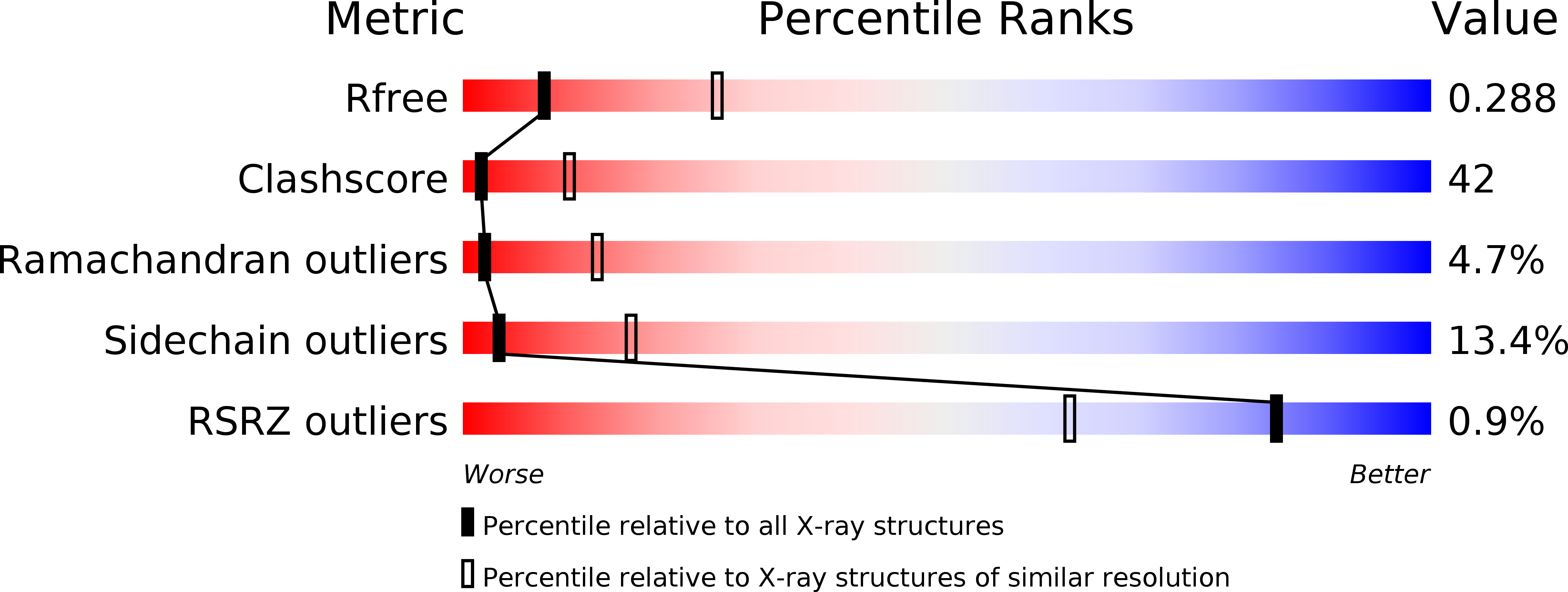
Deposition Date
2007-05-28
Release Date
2008-02-05
Last Version Date
2024-02-21
Entry Detail
Biological Source:
Source Organism:
Staphylococcus aureus (Taxon ID: 1280)
Host Organism:
Method Details:
Experimental Method:
Resolution:
3.00 Å
R-Value Free:
0.29
R-Value Work:
0.25
R-Value Observed:
0.25
Space Group:
P 65 2 2


